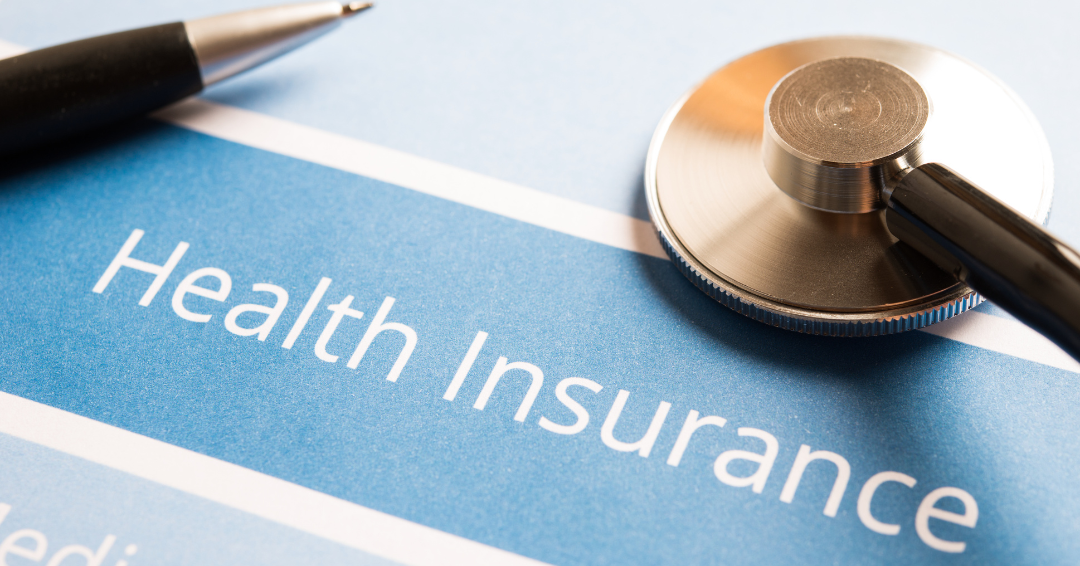We are shocked by the news of an increase in the cost of premium insurance, with rates set to rise by up to 70% next year. This premium insurance hike has become a topic of debate, as the increase is significant and seems unreasonable. Insurance providers have sent notices to policyholders, citing the rising cost of medical care in private hospitals as the primary reason for the hike. As a result, many medical insurance cardholders have expressed dissatisfaction and questioned whether these insurance premium increases are entirely justified.
Many cardholders have expressed dissatisfaction with the news, claiming that this seems to be an annual event. Their queries remain unanswered, especially the main reason why the cost increases each year. Is it due to treatment costs, medication, or other factors? Cardholders argue that they should be informed about the guidelines for each patient. One user, Safie Wahab, stated that his insurance policy increased by RM133, from RM244 to RM377 per month. He is even considering canceling his insurance subscription in the future after hearing about the latest rising insurance premiums in Malaysia.
Is the Cost of Medicine the Main Reason?
The true reason behind the increase in costs is a highly debatable topic. However, it may be due to the rising cost of medication in hospitals and clinics—a key factor in the overall pharmaceutical cost increase. According to numerous studies, there is no price regulation on pharmaceuticals in Malaysia. Therefore, private-sector manufacturers, distributors, and retailers are free to set prices based on market forces. The price of medication is a primary cause of this cost increase.
A study conducted in 2017 involved 50 essential medicines (from the WHO global core and supplementary lists) and examined their usage in both the private and public sectors. To understand this better, we must first understand the difference between generic vs. brand-name drugs.
Generic Medicine
A generic drug is a medication created to be the same as an already marketed brand-name drug in terms of dosage form, safety, strength, route of administration, quality, performance characteristics, and intended use. These similarities help to demonstrate bioequivalence, meaning that a generic medicine works the same way and provides the same clinical benefit as the brand-name medicine. Generic medicines offer the same effect as branded medicines but at a lower cost, making them a popular choice for managing affordable healthcare costs.
Brand-Name Medicine
Branded medicines are the original products developed and marketed by pharmaceutical companies. These drugs undergo extensive clinical trials and require approval from the FDA (Food and Drug Administration). Pharmaceutical companies typically hold a patent for about 20 years to recover their substantial development costs. Brand-name medicine costs are higher due to these rigorous requirements. Generic medicines cost less than brand-name medicines because they do not undergo animal or clinical tests to demonstrate their safety and effectiveness.
The same study found that the average availability of generics (74.8%) was higher than brand-name products (19.4%) in the public sector. However, the private sector had a higher availability of originator brands (52.2%) than generics (49.1%). As we know, we pay less in public hospitals compared to private hospitals, and this disparity could be one of the reasons for the higher insurance premium costs.
The Ministry of Health has taken steps to monitor medicine costs across both sectors by implementing strategies to promote affordable pricing. They launched the Medicine Prices Monitoring initiative, known as "Kajian Pemantauan Harga Ubat" in Malaysia. However, further monitoring is needed as prices continue to fluctuate throughout the year.
How to Reduce Medication Costs
According to the 2021 Expenditure for Function of Healthcare report, Malaysia spent about RM3.911 billion on pharmaceuticals, an increase compared to RM3.392 billion in 2020, showing a significant rise of over RM500 million from the previous year.
- Go for Generic Drugs
Some drugs do not require a prescription and can be purchased directly from a pharmacist. It has been found that branded and patented medications are up to five times more expensive than generic alternatives. Instead of visiting a clinic or hospital for medication, individuals can go to a nearby pharmacy and obtain the necessary medication as advised by the pharmacist—one strategy to combat rising healthcare costs. - New Research and Pharmacogenomics
Did you know that different individuals react differently to certain medications? Some medications even have adverse effects on certain ethnic groups, such as Asian people. Pharmacogenomic testing is a genetic test that determines which medication works best for a person's body. Sometimes, generic drugs may work better than brand-name drugs based on the results of pharmacogenomic tests. This approach helps ensure that you get the correct medication that works well for your body without trial and error. These tests are available in pharmacies and typically cost about RM2.40 per gene test. If you're interested in this type of genetic test, Vealth.me also offers it.
What do you think about the increase in premium insurance rates based on all this data? Is it reasonable to increase premiums by up to 70%? Share your thoughts in the comments.


